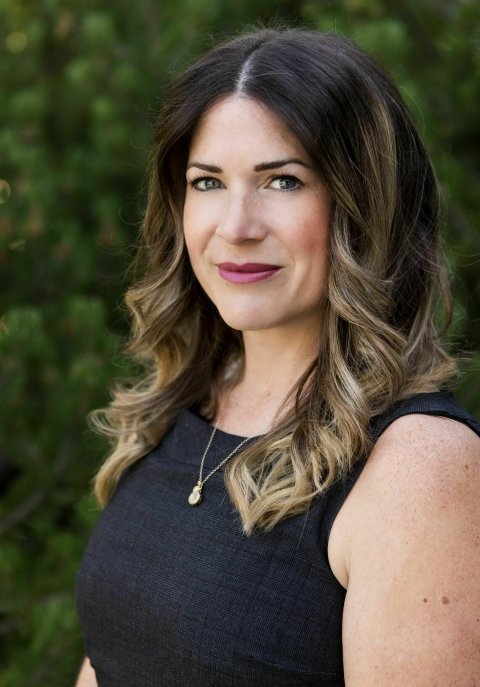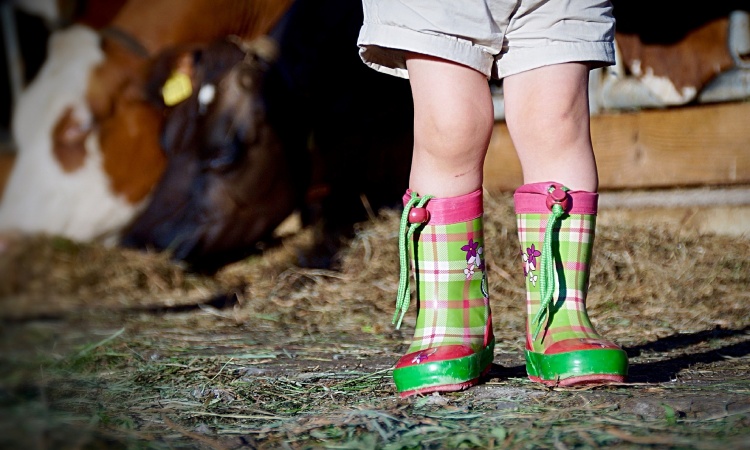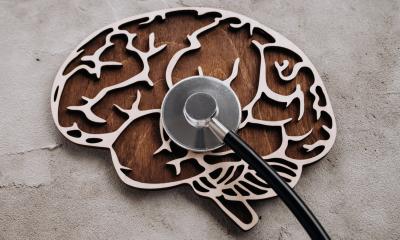© TK – unsplash.com (Batman); © Mateusz Sobociński – unsplash.com (Harley Quinn); © Zachary Kadolph – unsplash.com (Joker); © David Benson – unsplash.com (Spider-Man)
News • Relatable characters as communication gateway
How comic book heroes and villains could help cope with childhood trauma
A new study led by the University of Calgary Faculty of Nursing envisions child trauma treatment through a Marvel and DC lens
For example, there is the story of Peter Parker, raised by his aunt and uncle after the death of his parents only to see his uncle murdered by the same criminal the radioactive spider-bitten teen neglected to apprehend that very day. His guilt drives him to become Spider-Man.
But childhood trauma doesn’t always inspire super-heroics. Heath Ledger’s psychotic Joker, as seen in 2008 film The Dark Knight, recounts tales of horrific abuse by a father who disfigures him. It’s a stark contrast to his heroic nemesis Batman, who saw his parents gunned down in front of him as a young boy.
If you want to talk childhood trauma in a fictional setting, you’ll find no shortage of it in the cinematic universes of Marvel and DC. This has inspired a unique study from the University of Calgary’s Faculty of Nursing, published in PLOS One, which applies real-life clinical questionnaires on adverse childhood experiences (ACE) to select Marvel and DC characters, heroes and villains alike.

Image source: University of Calgary
ACE questionnaires are used by clinicians to measure potentially traumatic events that occur during childhood, such as abuse or neglect. In applying the ACE questionnaires to Marvel and DC characters, the researchers found that higher scores – which indicate a more challenging childhood – were not the determining factor as to whether a character became a hero or a villain.
These findings reinforce the notion that ACE scores are not accurate predictors of bad behaviour. Rather, they may indicate potential risks and illuminate areas where extra supports could be helpful. “It’s an unconventional approach which may give us opportunities to talk to children about topics that are really difficult by using Marvel and DC characters as a way in,” says Dr. Jennifer Jackson, PhD, assistant professor in the Faculty of Nursing and one of the paper’s co-authors. “One challenge of mental health treatment is finding ways to talk about it, free of stigma, and this might engage millions of children who love the Marvel and DC movies. It’s a method for addressing child abuse and trauma, essentially, that’s non-confrontational and non-threatening.”
“It might even be inspiring,” notes Jackson. “‘Bruce Wayne’s parents died, and he didn’t become a villain, he became Batman. Maybe there’s hope for me, too.’”

Image source: University of Calgary
The study’s initial hypothesis was that super villains would have higher ACE scores than superheroes. As the project developed several researchers from the Faculty of Nursing contributed, including assistant professor (teaching) Julia Wigmore (MN’16), the lead author. “As someone who has used ACE scores in clinical practice and previous research projects, I’ve observed that high scores are associated with a greater risk of toxic stress and poor health outcomes,” says Wigmore. “I was intrigued by this idea that higher scores might also be associated with villainy... But instead, we found that childhood trauma doesn’t have to paint this dark path.”
The study incorporates 28 characters from 33 films, with ACE scores evenly distributed between heroes and villains and Marvel and DC universes with care paid to gender and racial diversity. Among the characters given the ACE treatment are Wonder Woman, Harley Quinn, Shang-Chi, Black Panther and his Wakandan foe Killmonger, and the gender-fluid Loki. “It is great to see more diverse characters as superheroes,” says Jackson. “It increases the opportunity for a viewer to see a hero and think, ‘Hey, that’s me!’”
The research largely refutes the idea that villains are a product of their experiences says Jackson. “Black Widow has the highest ACE score but is a hero,” she notes. “Loki, on the other hand, was raised with loving parents in a life of royal privilege but he becomes a villain... Based on the films we watched, characters chose to be heroes, and that was what made the difference – not their experiences.”
Source: University of Calgary
18.01.2025









